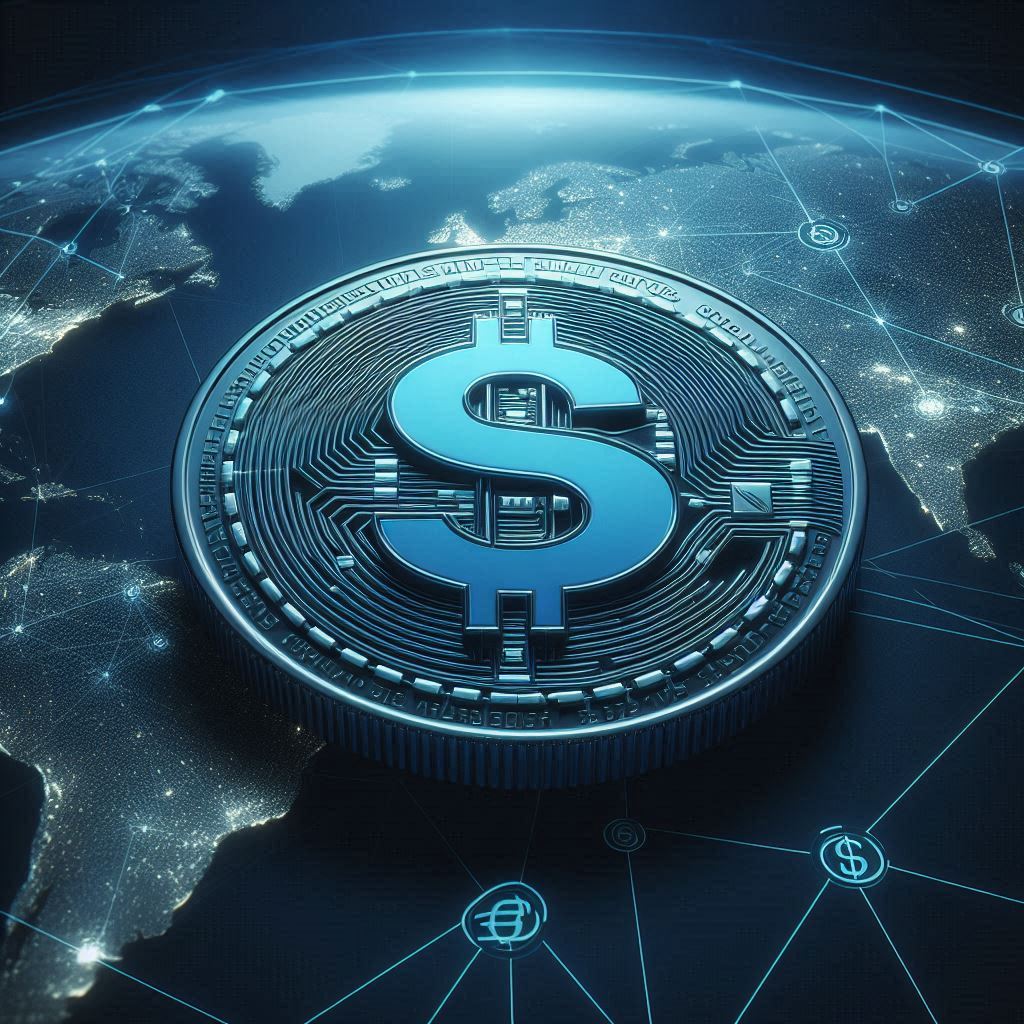Currently, stablecoins have gained a prominent place in the cryptocurrency world due to their ability to combine the stability of traditional currencies with the flexibility of blockchain technology. One of the most recognized alternatives in this space is USD Coin (USDC), a cryptocurrency that has captured the attention of several investors, companies, and users due to its focus on transparency and stability. Below, we’ll learn about the history of this type of stablecoin and its main features.
What is USDC?
USDC is a stablecoin designed to maintain a stable value because it is pegged to the US dollar. Each USDC token is backed by a US dollar in cash or an equivalent asset, such as short-term US Treasury bonds, ensuring its value remains constant, protecting it from the volatility of other cryptocurrencies.
Creation and launch of USDC
USD Coin (USDC) was created on May 15, 2018 by the Fintech company Circle, it was designed as a stablecoin backed by the US dollar and which began its circulation in the market in September 2018 with the support of Circle and Coinbase, thanks to its link to the US dollar it was quickly gaining ground as a transparent and regulated stablecoin.
By September 2019, USDC had already become an important alternative in the cryptocurrency ecosystem, thanks to its adoption within a wide variety of exchange platforms and platform trading.
Regulatory approvals in Japan and Dubai
In 2025, USDC strengthened its credibility and increased its global reach as fintech firm Circle secured regulatory approvals in Japan and Dubai, leading USDC to also achieve significant growth in its market capitalization, reaching a record high of $60 billion.

Main features
USDC has become one of the most widely used stablecoins as it stands out for having the following characteristics:
Regulatory compliance
USDC is characterized by being a stablecoin that complies with strict regulatory standards such as those established by the United States, Europe, Japan and Dubai, which allows it to provide users with greater security and stability.
Wide accessibility
USDC is characterized by having a presence and operational support in more than 15 blockchain networks (such as Ethereum) and in around 180 countries.
Stability
USDC is characterized by its stable value, as it is a stablecoin pegged to and backed by the US dollar, with a 1:1 ratio to cash or cash-equivalent reserve values.
Versatility
USDC is characterized as one of the most versatile stablecoins on the market, as it offers users the possibility of using it in payments, trading, decentralized finance (DeFi), and savings, among other types of operations.
Trust and transparency
USDC is known for being one of the most trusted and transparent stablecoins on the market. This is because the Fintech company Circle constantly conducts audits and reports on USDC reserves.
Quick liquidation
USDC is characterized as a stablecoin that offers high-speed transactions, as it features rapid settlement for each financial transaction, which is an advantage for users conducting cross-border transactions.
The Main differences between USDC and USDT
Due to their popularity, stablecoin status, and similar acronyms, many people and businesses tend to confuse USDC (USD Coin) with USDT (Tether). The main difference between these two cryptocurrencies is their transparency. For example, USDC stands out for its focus on transparency, as Circle publishes monthly audits conducted by independent accounting firms (such as Grant Thornton) that verify that every USDC in circulation is backed by a US dollar or equivalent asset in reserves.
On the other hand, USDT (Tether) has been criticized on occasion for a “relative” lack of transparency. Although Tether now provides reserve reports, it has historically faced questions about whether it was truly fully backed by dollars. For example, in 2021, following an investigation by the New York Attorney General’s Office, it was revealed that it did not always maintain a 1:1 reserve, leading it to pay a $41 million fine and be required to submit periodic reserve reports from that date on.
What do you think about this topic? Would you like to learn more about USDC and Pilsenga’s financial services?
If you are interested in Pilsenga products or services, you can contact us by visiting the following link.